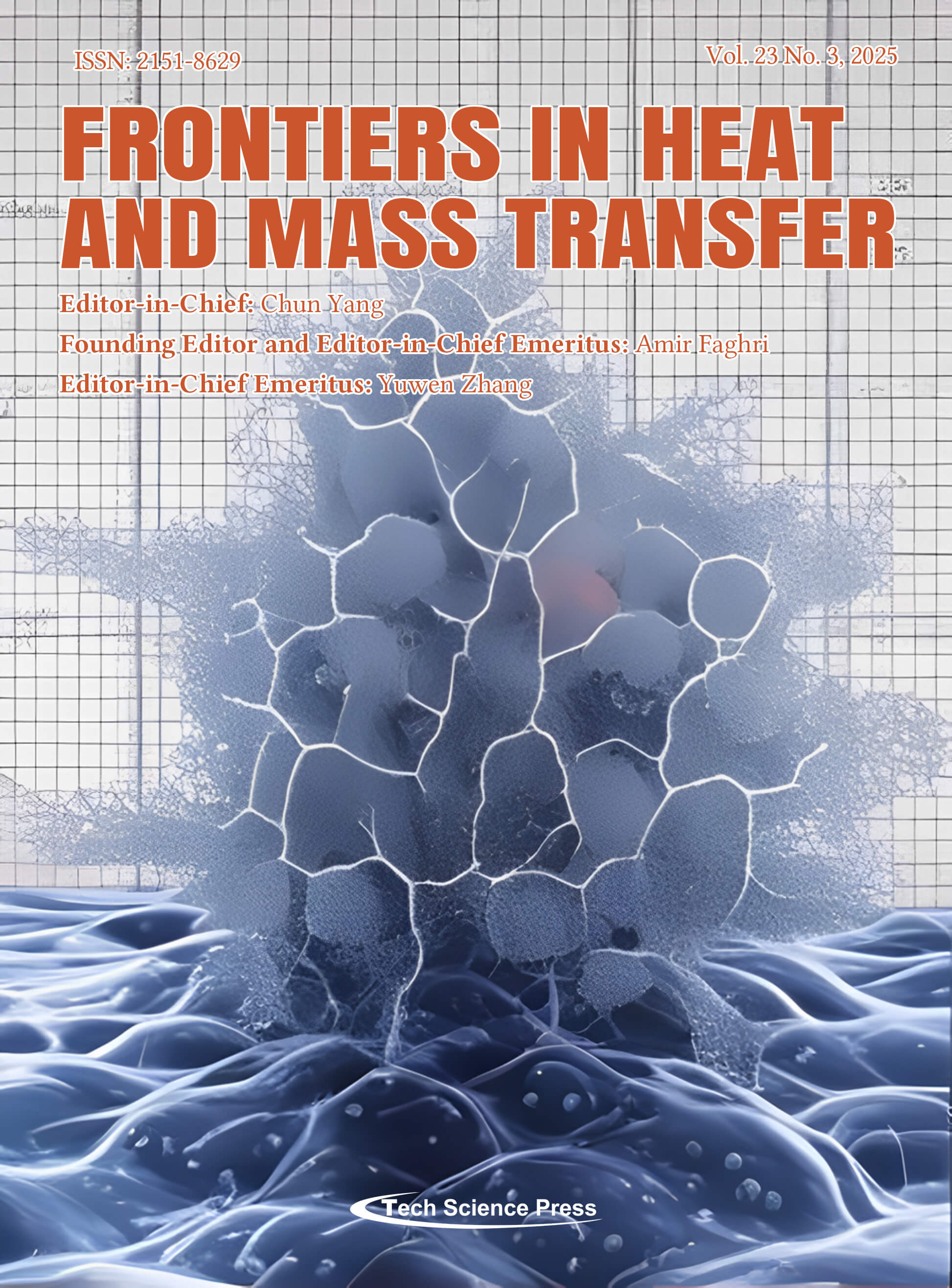
This study offers a new insight into heat-transfer passive techniques, focusing on a relaxation of the mixture with a lower critical solution temperature in the course of pulse superheat with respect to the liquid-liquid and liquid-vapour equilibrium lines, as well as the liquid-liquid spi-nodal. The results show an intriguing interplay between spontaneous boiling-up and spinodal decomposition of the mixture against the background of its unstable states. This cover image was created using AI-generated content from Canva. The authors confirm that no human likenesses, copyrighted elements, or misleading representations are included in the image.
View this paper